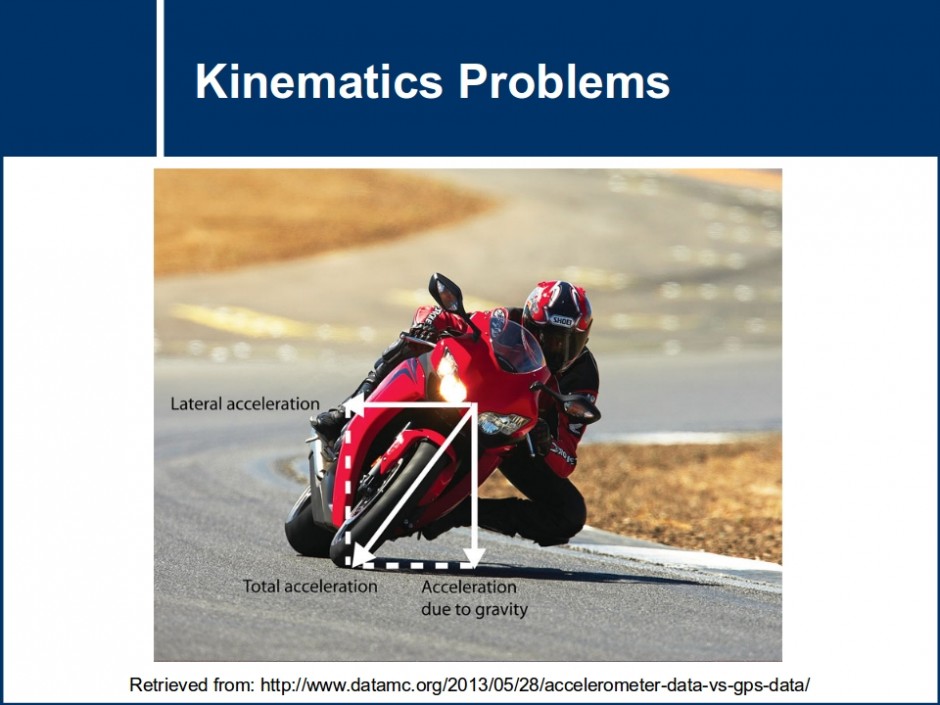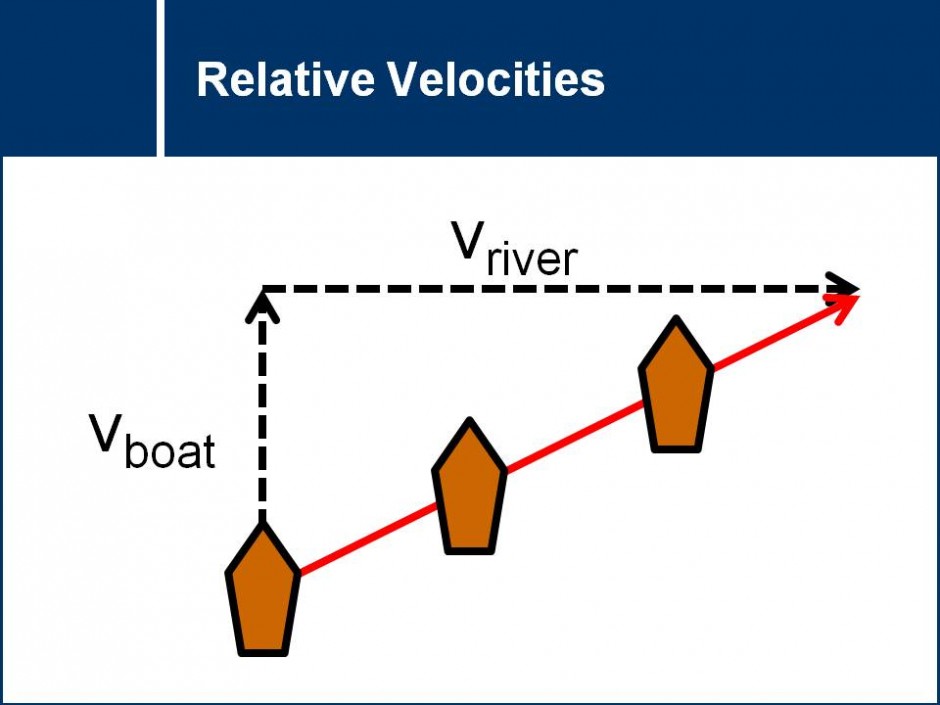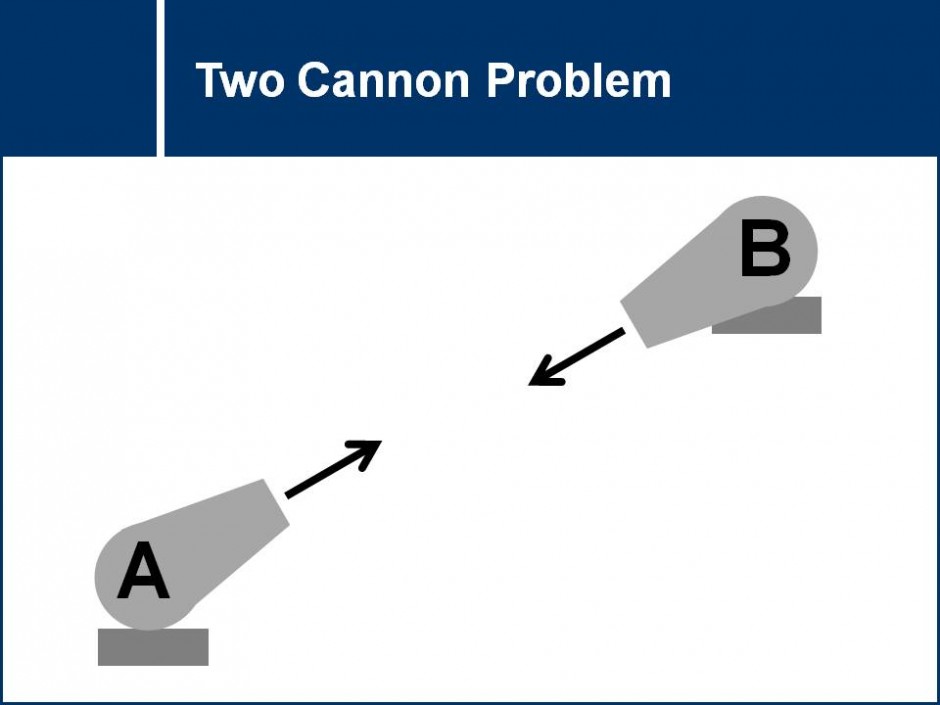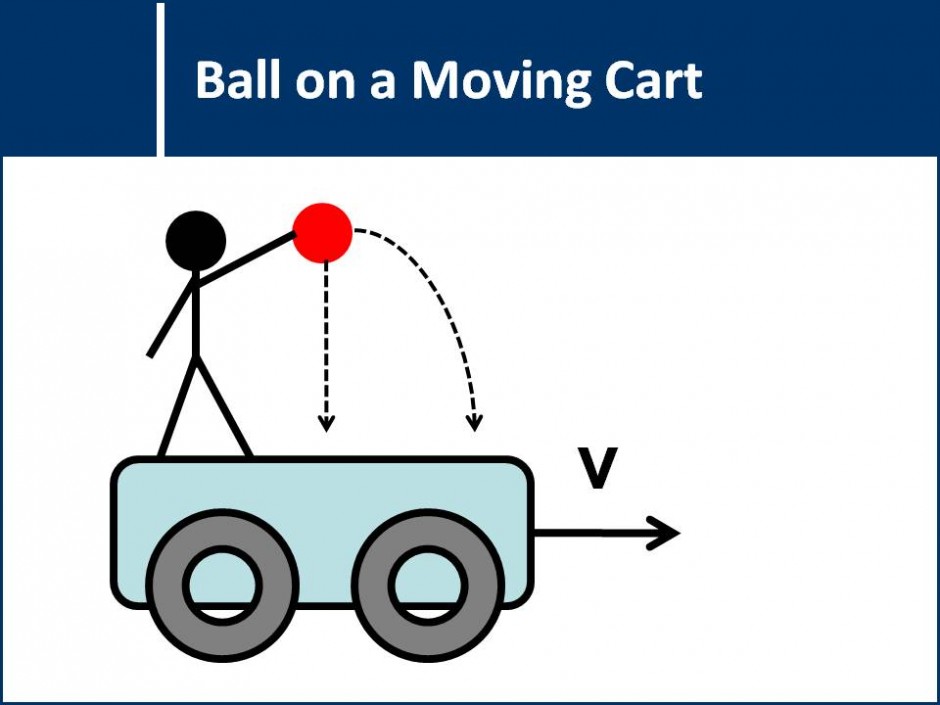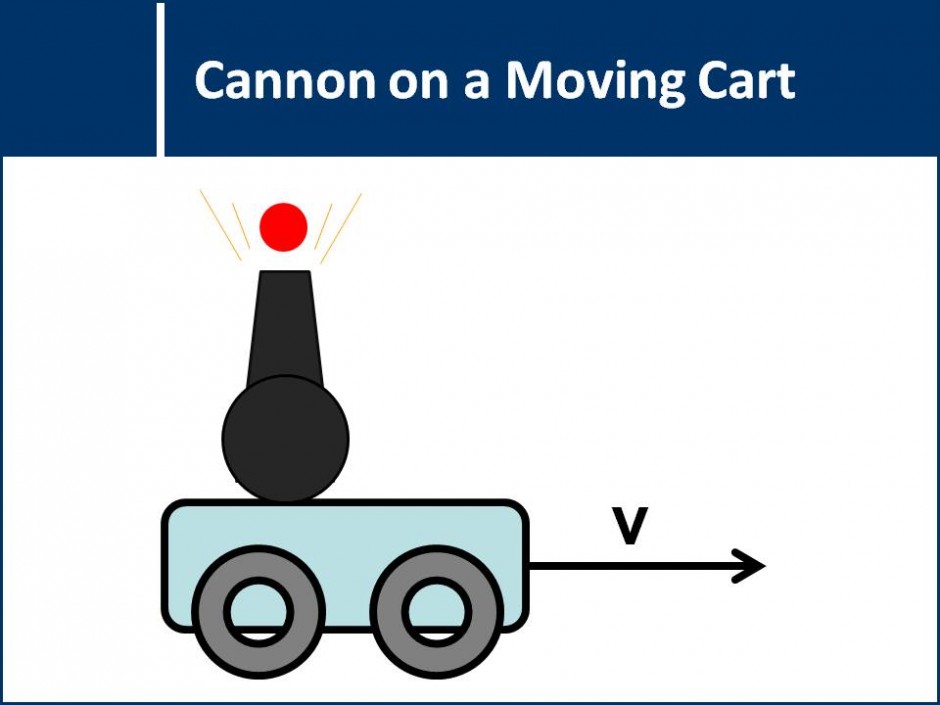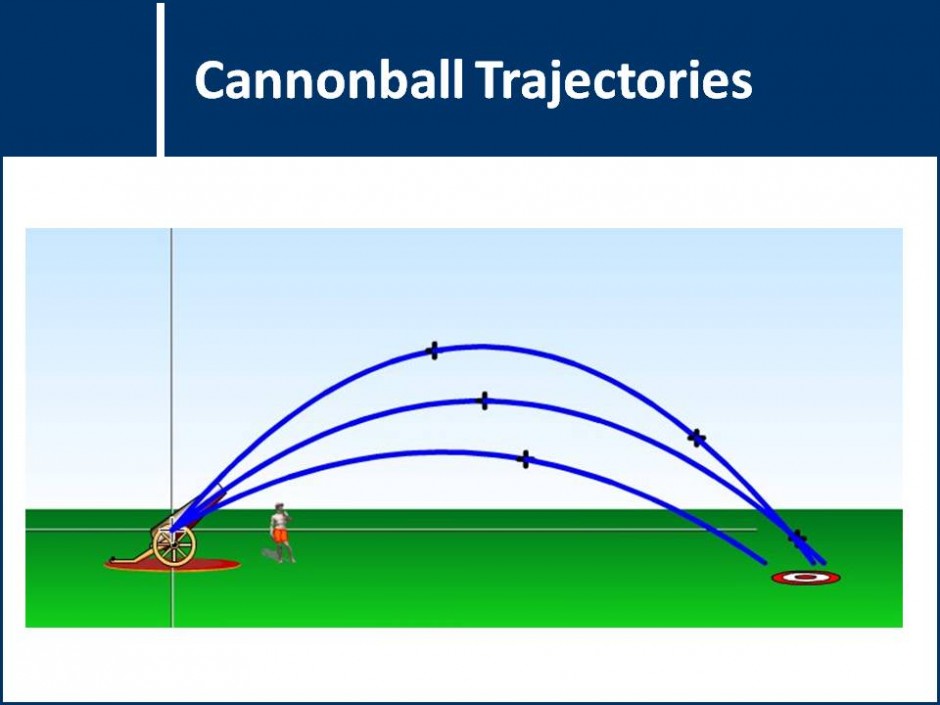Use these physics problems to test your knowledge on kinematics. ![]()
![]()
acceleration, average velocity, displacement, distance, velocity
An object can appear to have different velocities depending on the velocity of an observer. In this problem set, 2-D scenarios will be analyzed from different frames of reference in order to determine the velocity of one object relative to another.![]()
![]()
frames of reference, kinematics, physics 11-12, vectors, velocity
Properties of projectile motion and basic reference frames will be explored through a simple example of two moving cannonballs.![]()
![]()
acceleration, displacement, distance, frames of reference, gravitational acceleration, gravity, physics 11-12, projectile motion, velocity
The trajectory of a ball dropped from a person on a moving cart will be modelled using both x-position vs. time graphs and y-position vs. time graphs. The scenario will be analyzed from the point of view of an observer on the cart and on the ground.![]()
![]()
displacement, frames of reference, graphs, gravitational potential energy, gravity, physics 11-12, projectile motion, reference frames, velocity
What do the velocity-time and acceleration-time graphs look like for a cannon ball launched from a moving cart? This scenario will be analyzed by breaking down both velocity and acceleration into vertical and horizontal components.![]()
![]()
acceleration, frames of reference, graphs, gravitational acceleration, gravity, physics 11-12, projectile motion, reference frames, velocity
Velocity will be separated into vertical and horizontal components in order to analyze the factors that influence the trajectory of a cannonball. The questions are based off the following PhET simulation, which can be used to double check answers: http://phet.colorado.edu/en/simulation/projectile-motion![]()
![]()
acceleration, displacement, gravitational acceleration, kinematics, physics 11-12, projectile motion, simulation, velocity
